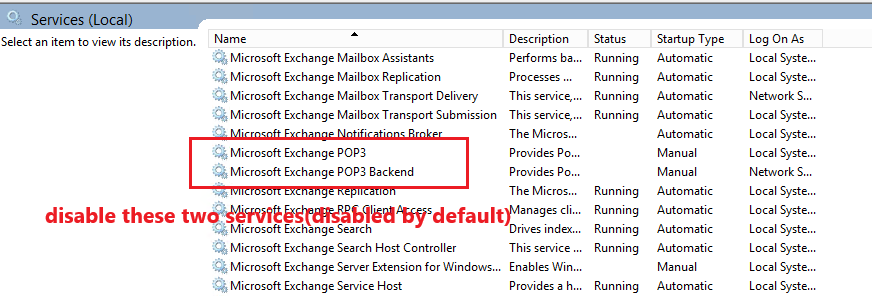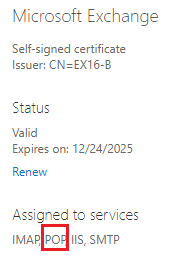If you don't have any users using POP3 to connect to your Exchange server(by default clients use MAPI ,Outlook Anywhere or ActiveSync to connect)
you don't have to worry about the warning.
You may need to disable the POP3 services on your server.

If you would like to enable POP3 for users,please enable the POP3 services and run this command via EMS to check the authentication method:
Get-PopSettings -Server <servername> | Select LoginType
It result doesn't show Securelogin(default value), use this command to change it to Securelogin:
Set-PopSettings -LoginType SecureLogin
You may also need a certificate and assign it to the POP3 service.

If the response is helpful, please click "Accept Answer" and upvote it.
Note: Please follow the steps in our documentation to enable e-mail notifications if you want to receive the related email notification for this thread.